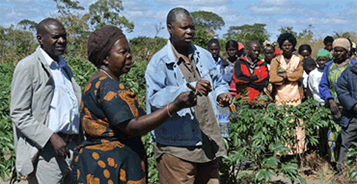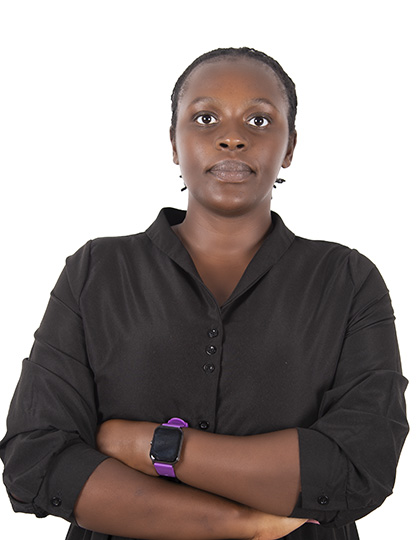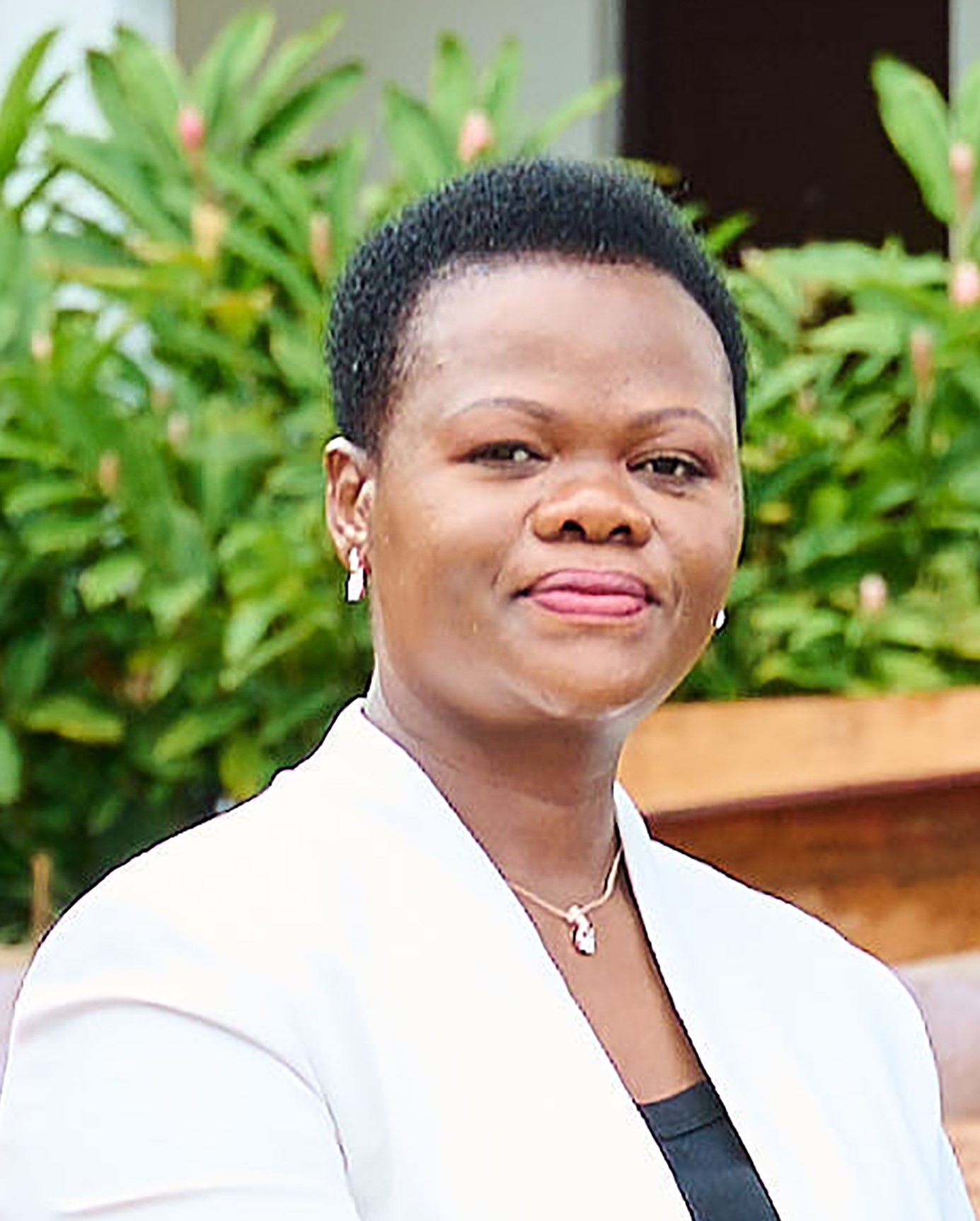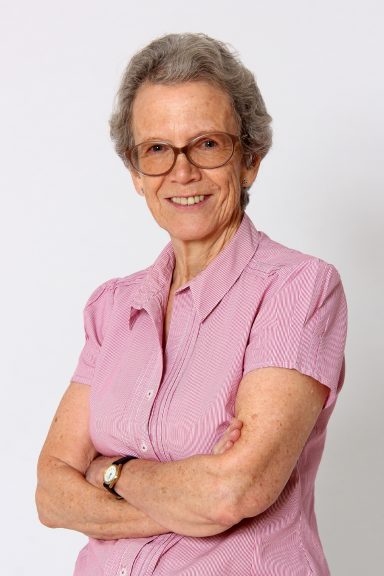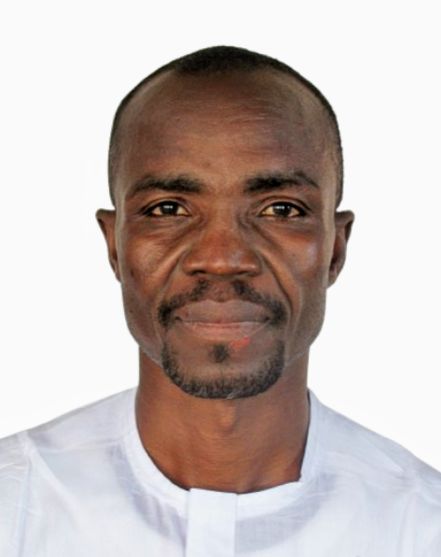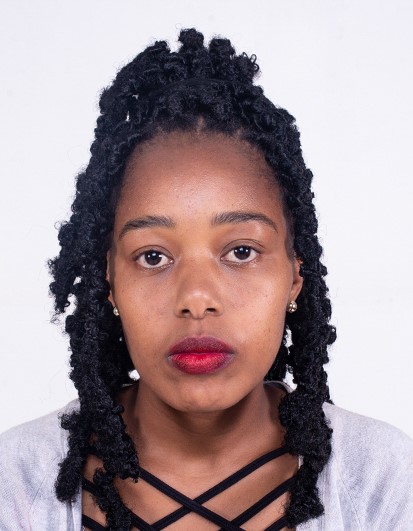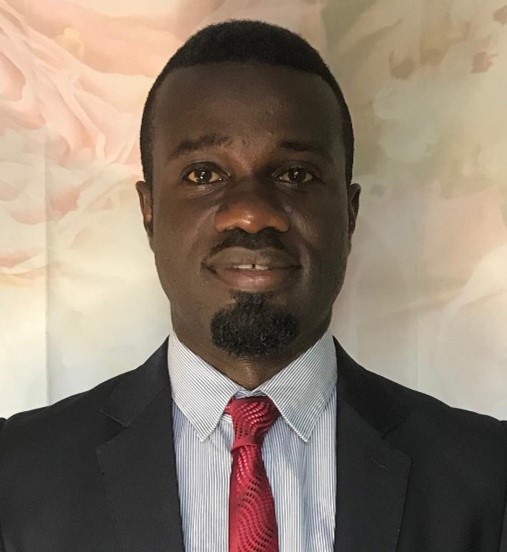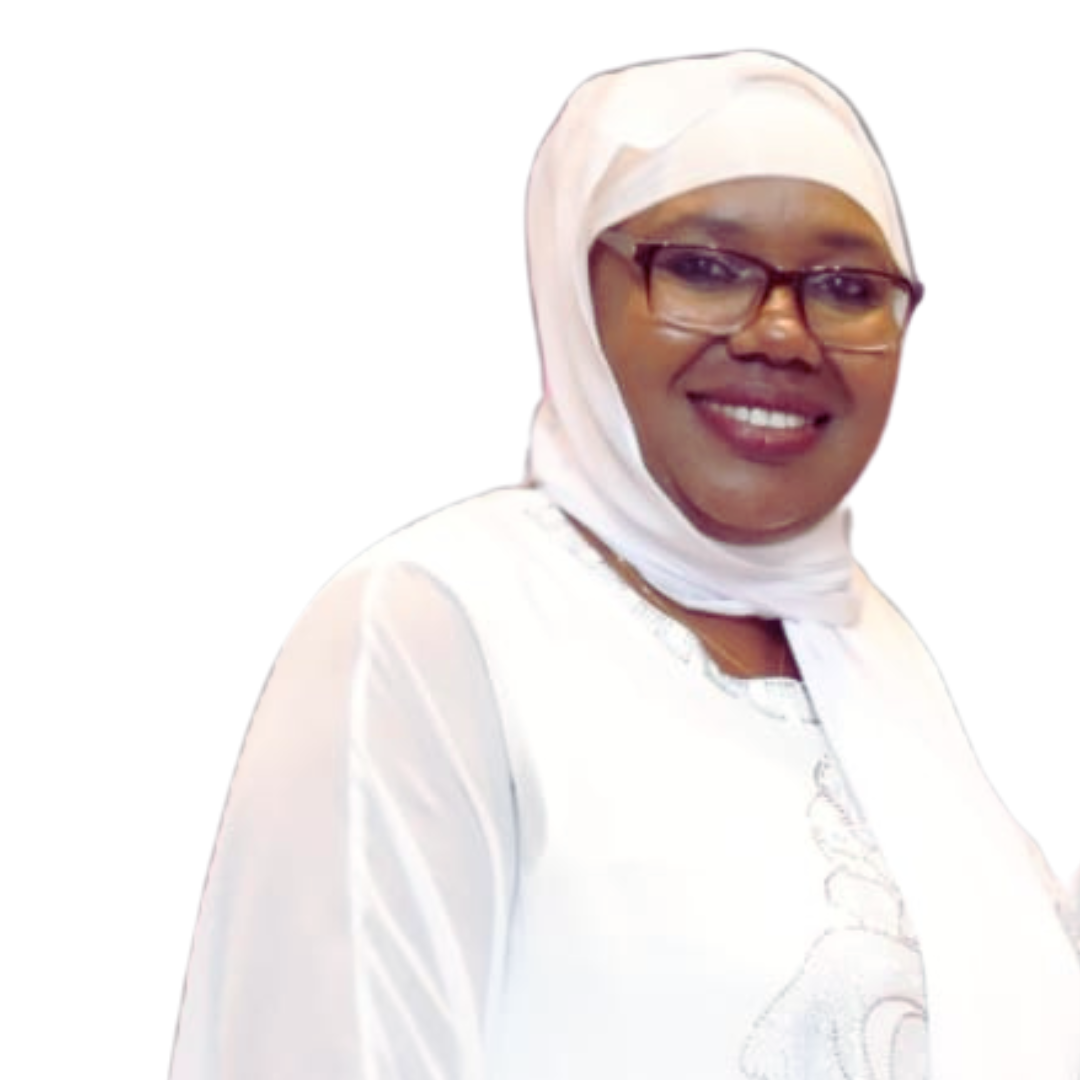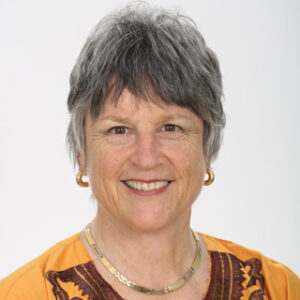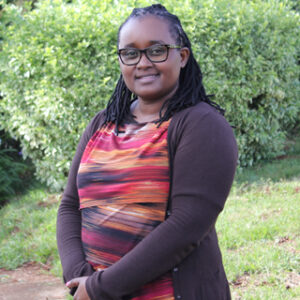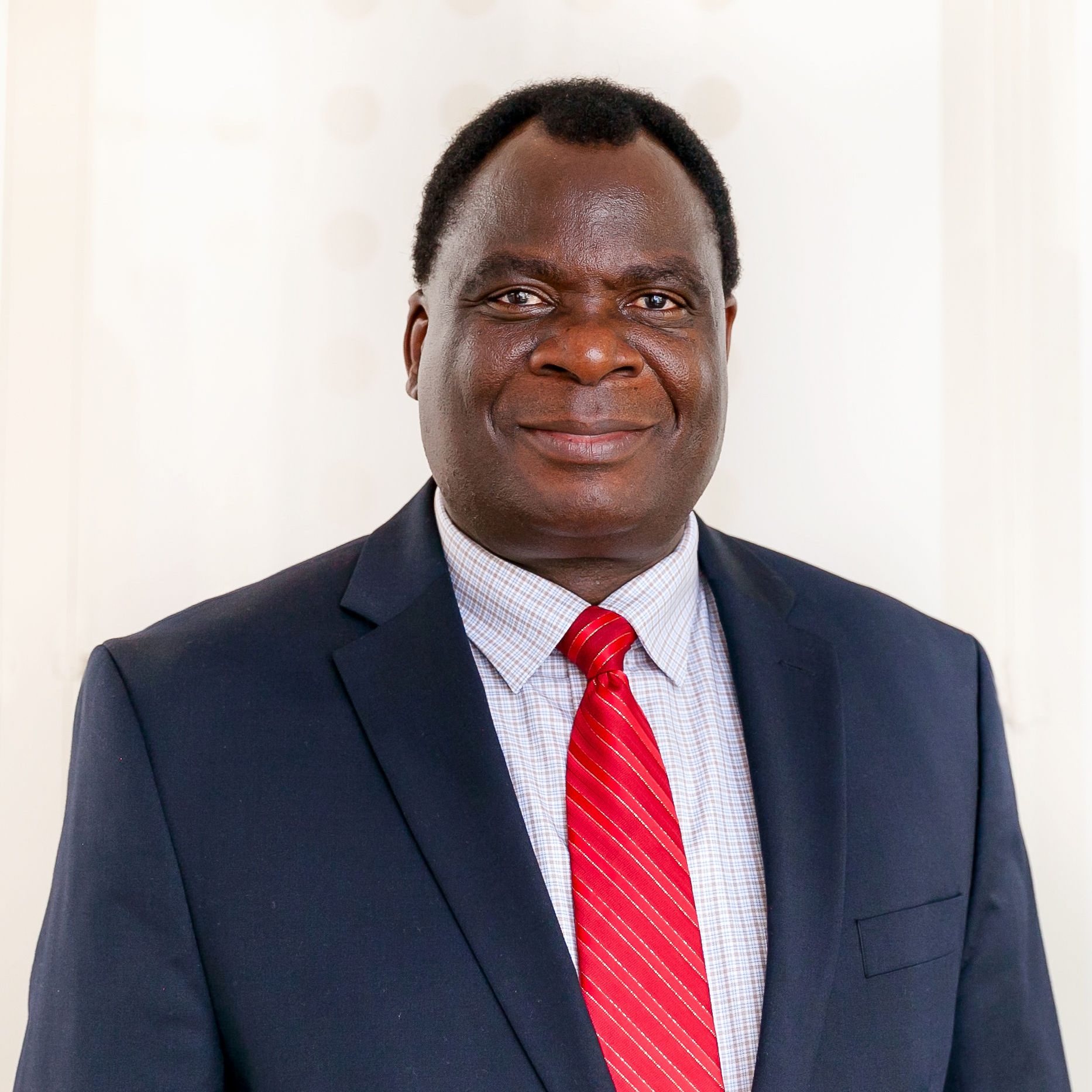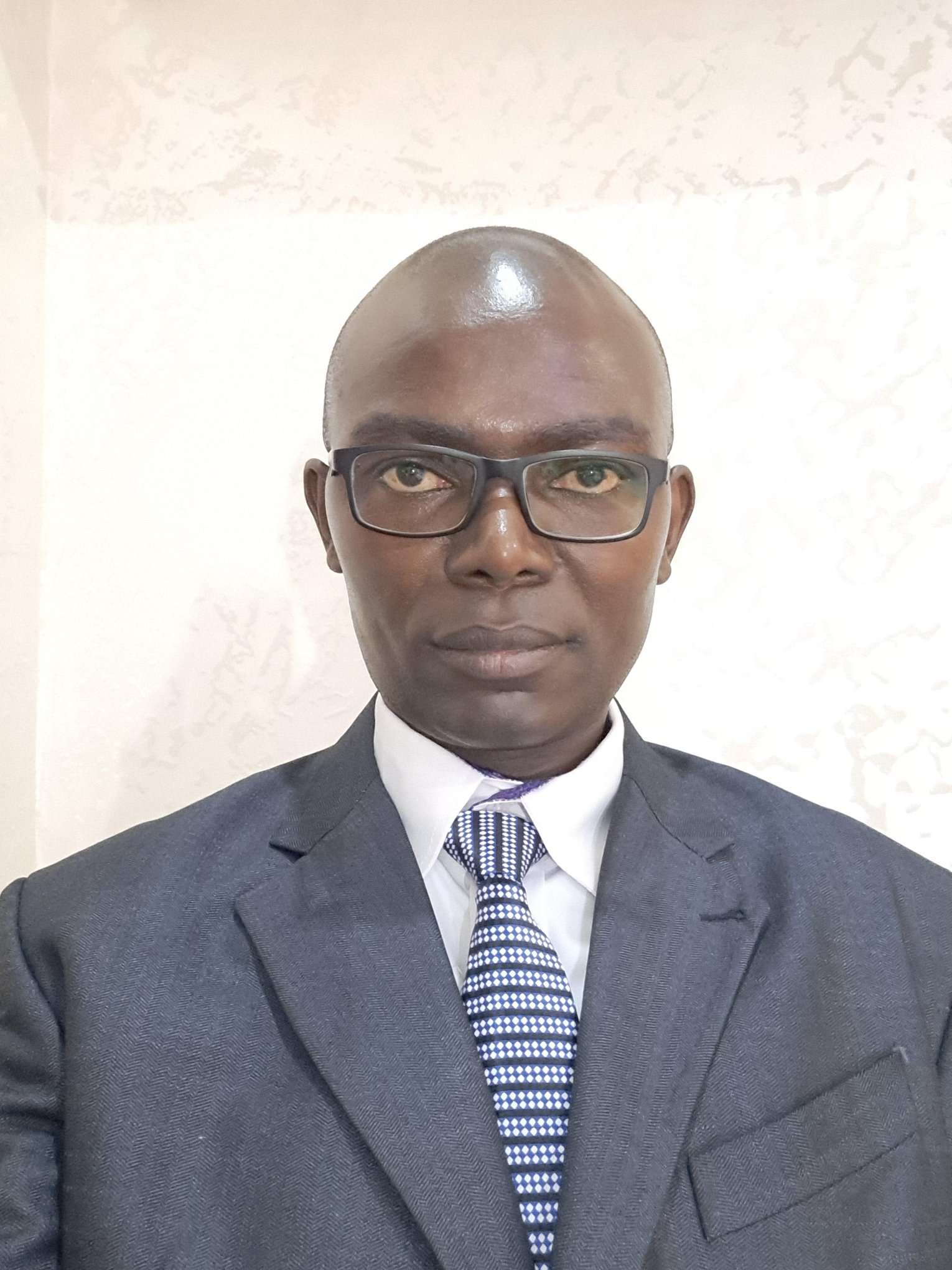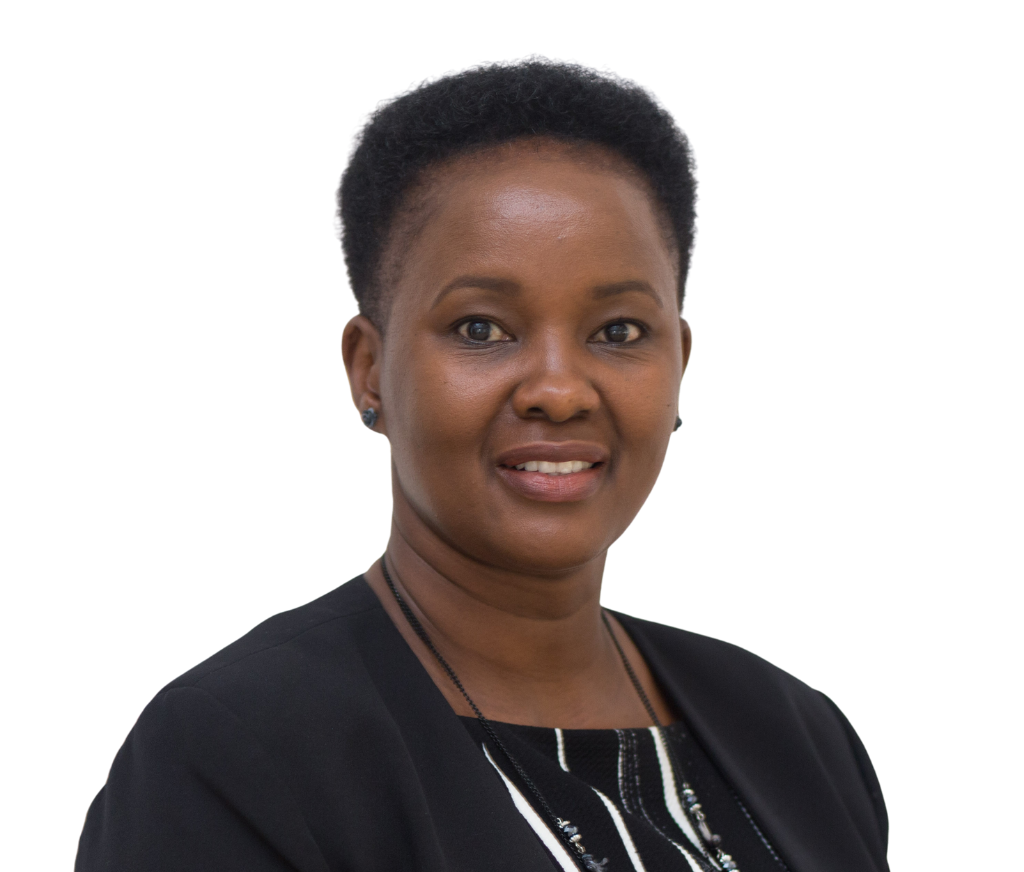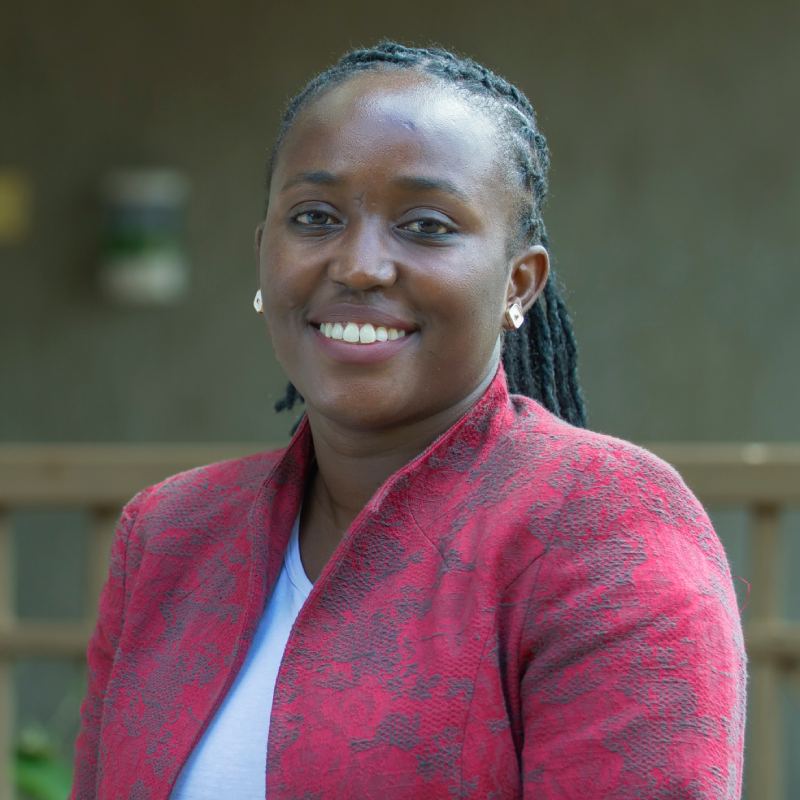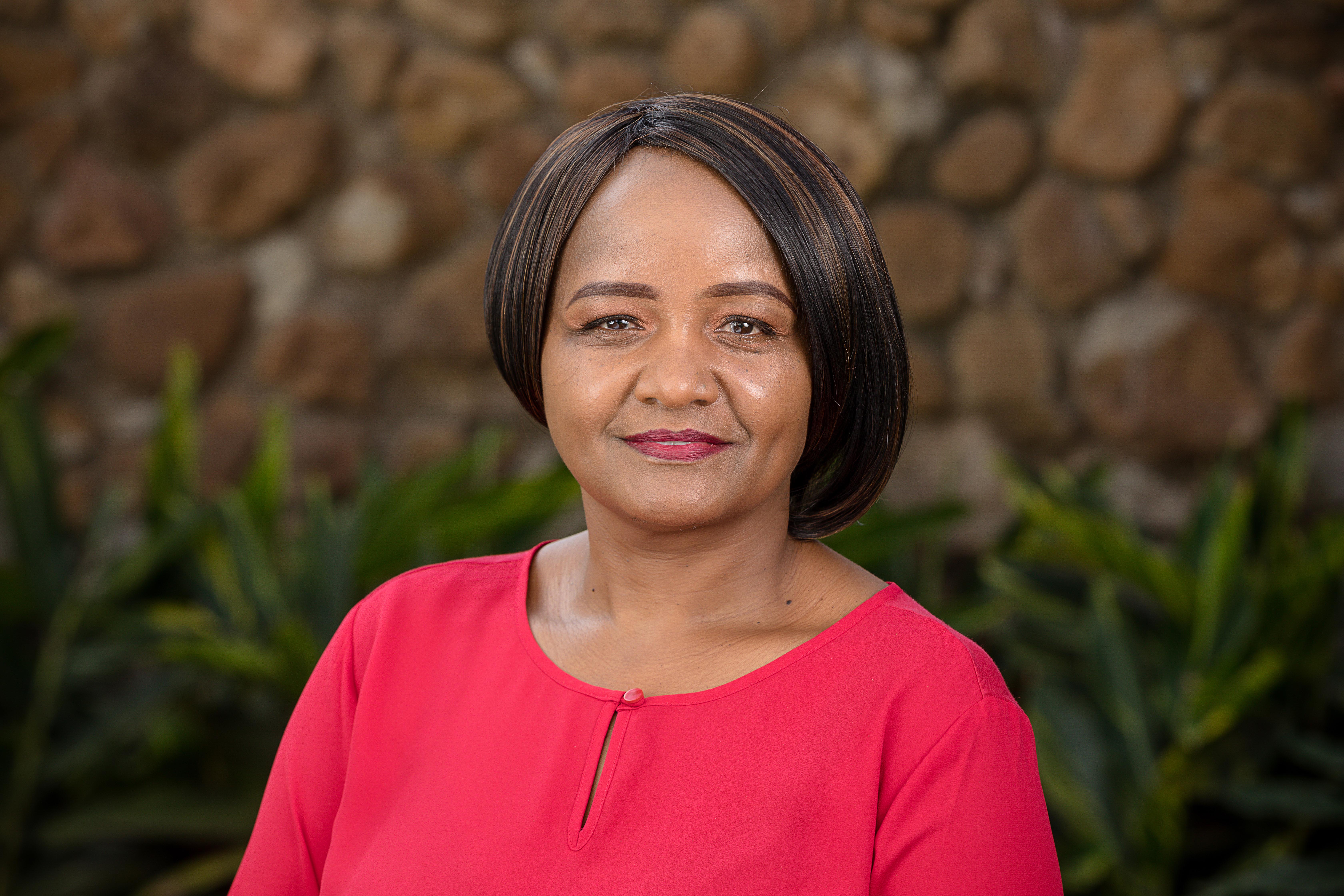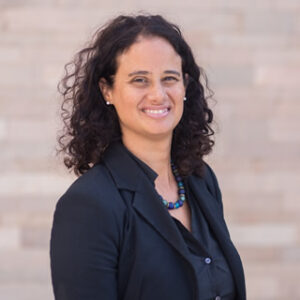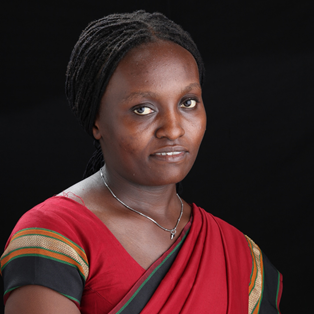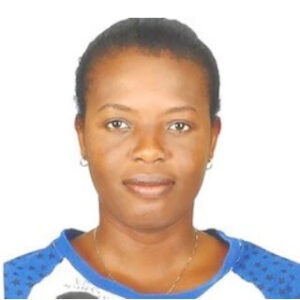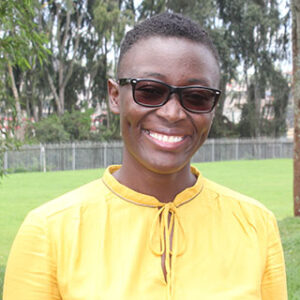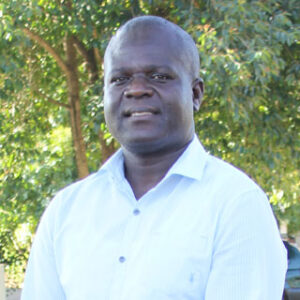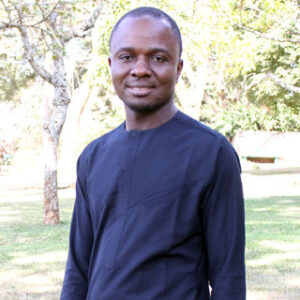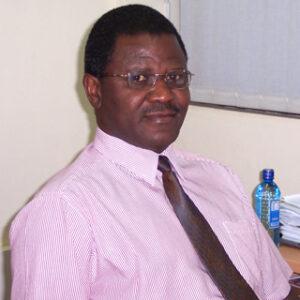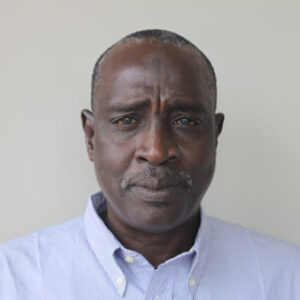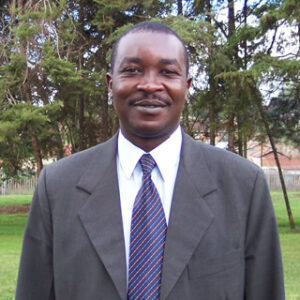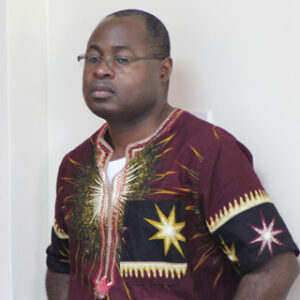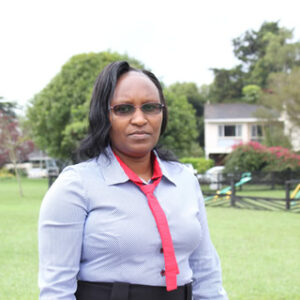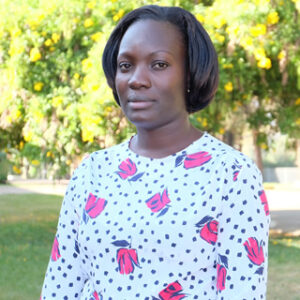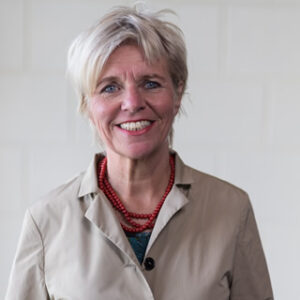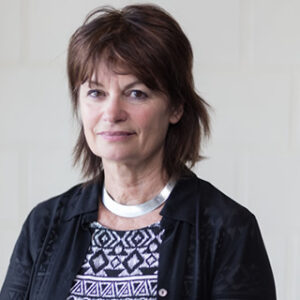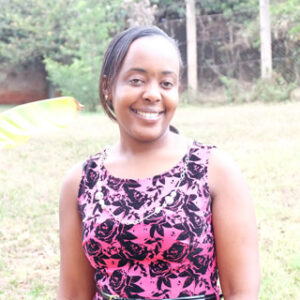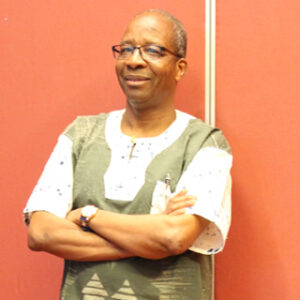by AATF Africa
When Celestina Mumba Chanda heard that there was a new project being implemented in her locality to help cassava farmers improve their crop production she was eager to be one of the first beneficiaries. A resident of Mansa district in Zambia, one of the areas in the country that grows the most cassava, Mumba wants to increase her cassava production so as to make money from the sale of her produce. Mumba’s children are all grown-up and have left home. For her therefore, growing cassava for home consumption only is not as important. She is looking to make money out of her cassava and she feels the Cassava Mechanisation and Agro-processing Project (CAMAP) could not have come at a better time.
CAMAP is a public-private partnership project being undertaken by AATF in partnership with the Zambia Agricultural Research Institute. The goal of CAMAP is to enhance the contribution of cassava production and processing technologies for sustainable improvements in food security, incomes and livelihoods of farmers, processors, and marketers in the cassava sector. This will be achieved through upgrading and expanding traditional planting, harvesting and processing techniques that will contribute to development of competitive cassava commodity value chains for a reliable supply of processed products for food and non-food industrial use.
In addition to cassava, other crops that Mumba grows include maize, beans and soya bean. Cassava and maize happen to be the most important not only for her but also in the district. However, for a long time, cassava has not been grown commercially in the area. It is grown mostly for home consumption and if there is any sale of the crop it is mainly to neighbours for food.
Mumba is interested in participating in CAMAP because she believes it has prospects of making cassava production in the area very lucrative. She says this will be beneficial to a lot of farmers in the area. Asked on what she will do with the excess produce Mumba says that as a farmer, she is not afraid to look for the market. She also expects that CAMAP will assist farmers to find markets as she foresees an increase in the production of the crop in the district.
Mumba planted her cassava demonstration plot in December 2012. She and the other farmers used hoes at the time – which she confesses is a tedious affair – as they awaited the project’s planting equipment. They were also asked to make some changes in their farming such as planting Mweru, a higher yielding and disease resistant cassava, by completely burying 20cm off-cuts in the soil as opposed to planting it upright. They were also advised on one square metre spacing in addition to using fertiliser.
To Mumba these were new methods. She and the other farmers in the area used to plant cassava the traditional way. This included recycling cuttings, not using fertiliser, and not weeding or using weed control herbicides among others.
In June 2013, Mumba was a proud farmer as she hosted other farmers on her farm during the farmers’ field day. Her use of the improved cassava planting methods including weeding and use of fertilizer had paid off. Her crop had vigour when compared to her neighbors’ who had planted the traditional way. Participating farmers attested to the difference in her crop and theirs.

